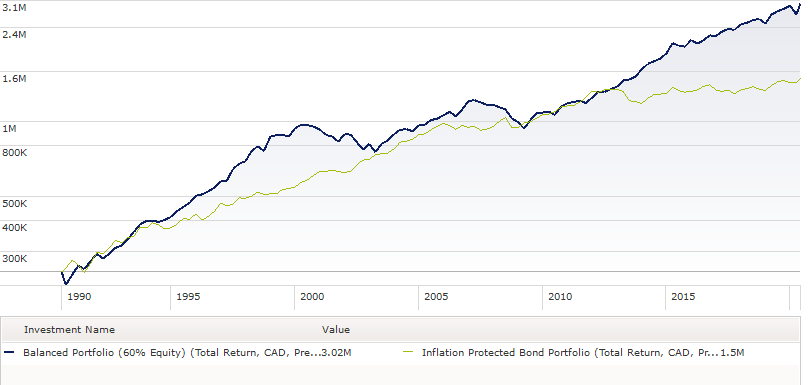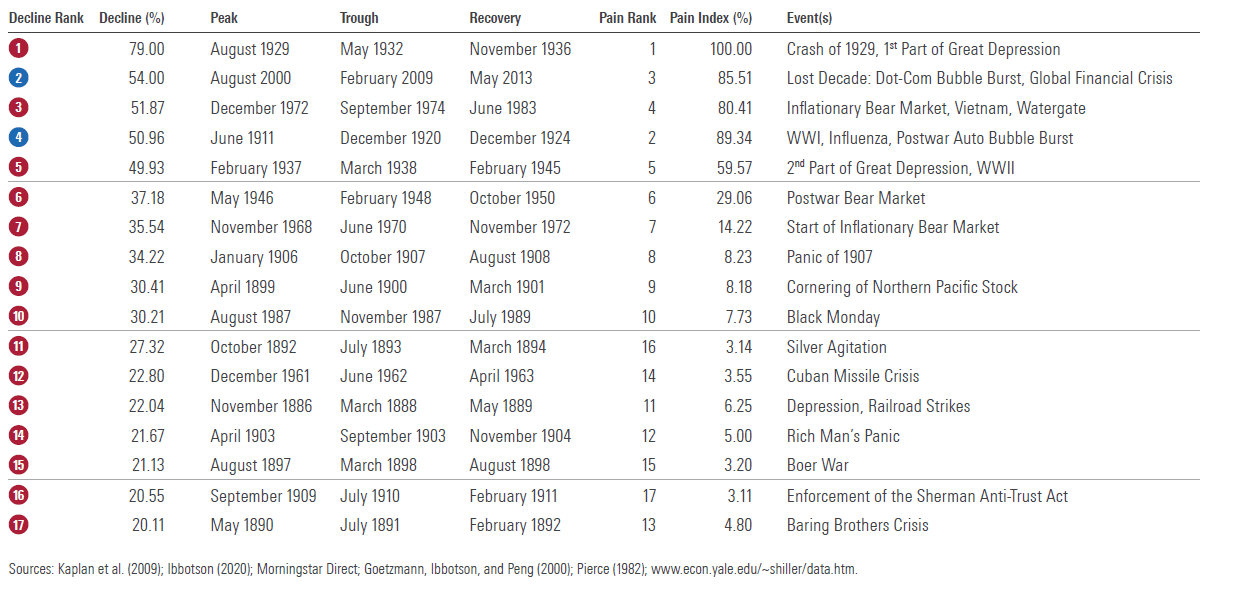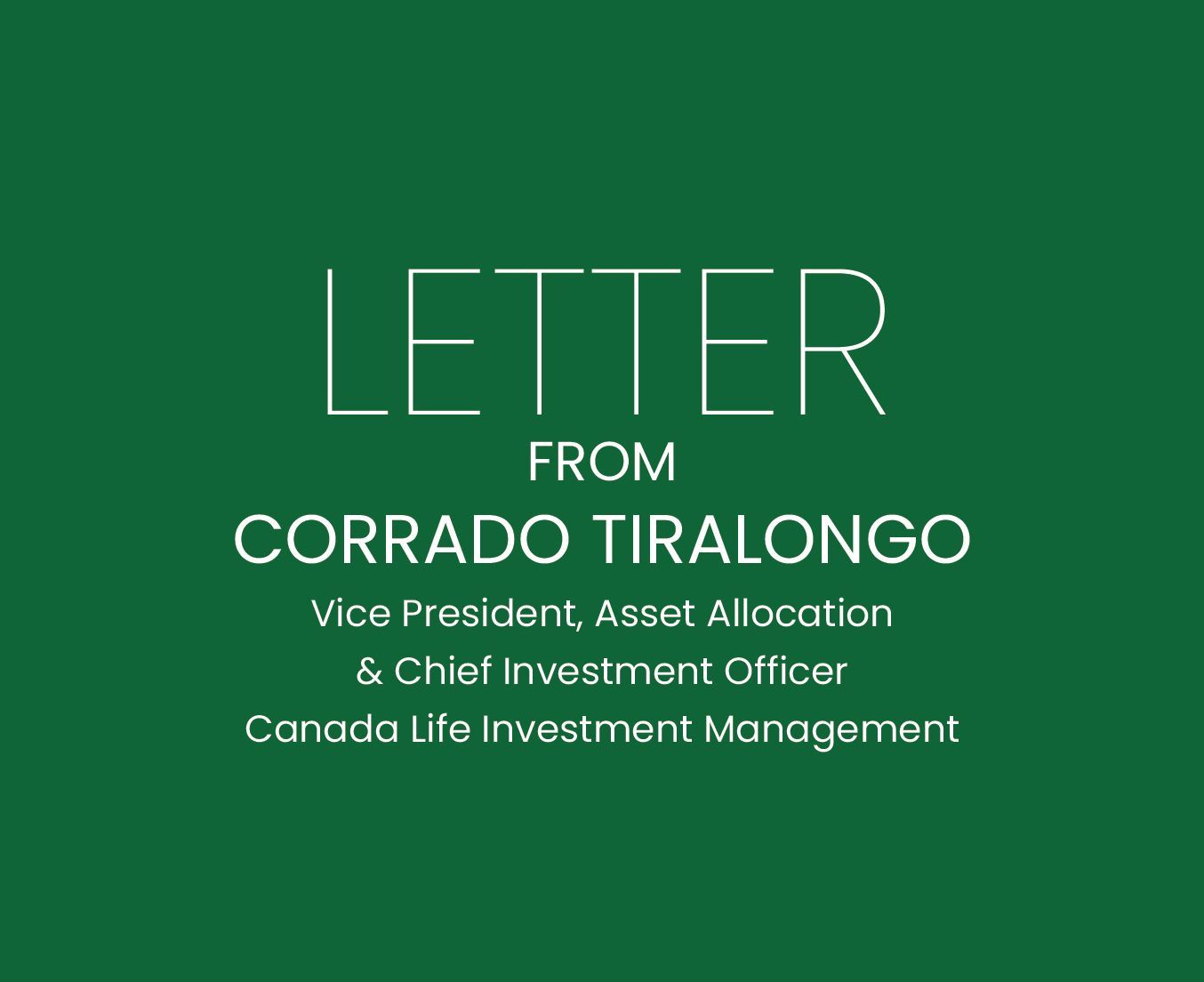In his novel, The Alchemist, Brazilian author, Paulo Coelho, wrote, “when you want something, all the universe conspires in helping you achieve it.”
I have not read The Alchemist, nor any other book by Coelho, but from my perspective, when it comes to life and investing, nothing has ever been achieved by simply wanting something. Desire and action are required to achieve our goals and, even then, the universe does not guarantee success. Investors want high returns and no risk. Wanting these things and achieving them are universes apart. When it comes to life and investing, often, the universe needs a helping hand.
In Homer’s The Odyssey, we follow the quest of Ulysses. While on a sailing expedition, Ulysses decides he wants to hear the beautiful Siren song of legend. But there’s a problem. The Sirens would lure sailors with their music, only to lead them to perish along the rocky coast. So, Ulysses makes a plan. He instructs his crew to put beeswax in their ears so they can’t hear the Sirens’ song, then orders them to tie him to a mast so he can’t jump into the sea if rendered temporarily insane. No matter what happens, or how much Ulysses begs otherwise, once in earshot of the Sirens, the crew is to stay the course.
The plan works. The ropes hold, and Ulysses and his crew escape with their lives. It wasn’t desire that caused Ulysses to achieve his goal. It was his planning and commitment that turned his wishes into reality.
Ulysses knew what he wanted and was ready to commit. He also knew his limitations. Sheer willpower was not going to see him through. To accomplish his goal, he had to do more than just hope for the best. In fact, he did the opposite; he planned for his failure. In doing so, Ulysses was taking steps to constrain his future behavior. He knew that he was human, fallible, and that he was likely to succumb to temptation. Likewise, in investing, there are times when our best intentions will be insufficient to overcome the force of our short-term desires.
The rational decision for investors who do not have the means to “lash themselves to a mast”, would be to avoid equity market risk and invest all their savings in inflation-linked bonds.
This would mean that they might have to save more to achieve their retirement needs, since there would be no growth in their portfolio above inflation (although not to changes in real interest rates – but let’s save that concept for another day).
For example, an investor retiring today at 65, having worked and invested in a simple balanced portfolio (60% equities, 40% fixed income) for the last 30 years, will have grown their assets twice as much as an investor in an inflation-protected bond portfolio (see chart below).
30-Year Growth: Balanced Portfolio vs. Inflation-Protected Bond Portfolio
Now, don’t take the above as a proof statement of the future. This chart represents one economic regime: globalization, disinflation, and declining interest rates. When we exit this regime, investment variables will change over time – returns, factors, correlations, styles, volatilities, asset classes – but our models to deal with them are built on stasis. The models do not account for the movements of those variables. To do so would require perfect foresight of the future, which is not possible. The best that we can do is take a systematic approach to our portfolio construction and asset allocation, and accept that over the short term (which may seem like the long term for many clients) there will be times when we will be “wrong” or unlucky. There will also be times when we get it right and our expectation is that the latter will outweigh the former. Of course, over the short-term you can be lucky, but I would rather do what is right and do what gives our clients the best chance of achieving success than depend on being lucky.
Protecting the Downside
This is where tail risk strategies come into play. For the purposes of a client’s portfolio, strategies that address tail risk achieve two goals. First, they protect the client from long systematic drawdowns in fixed income and equity markets, helping to reduce the timing effect of an investor’s time horizon (i.e. when a client started investing and when they are nearing the end of their time horizon). Second, they achieve the effect of “lashing the client to the mast”.
Having protection in a portfolio gives comfort, even though there is a cost associated with it, just like the airbags in your car or life insurance.
I’ve yet to hear about anyone complain to their car dealer or life insurance agent about paying for an airbag or insurance policy premium and not ever having to use it.
Across the spectrum of the Counsel and IPC Private Wealth Portfolios we utilize strategies that are designed to reduce exposure to financial markets as the market becomes stressed and are falling. These strategies are key during environments where markets continue to fall for long periods of time and, as The Pain Index table below shows, markets can fall sometimes for years. For investors in IPC Private Wealth, we also include alternative strategies that can generate positive returns during up and down markets. These tail risk strategies have the effect of smoothing out returns over the investing lifetime, paying for themselves many times over that long horizon.
We have two systems of reasoning, the intuitive and deliberative. For most decisions, these two processes are closely aligned. However, when it comes to financial decisions, they become very misaligned. Our objectives can be 15 years out, however, our emotional selves are making decisions now, in a zone of high anxiety. Today I find that investors are getting caught up in the moment and making portfolio decisions based on recent market performance and themes that they believe will continue to persist. Investors have difficulty with the fear of missing out. Even though they recognize it as bad behavior in others, they are not so good at recognizing it in themselves.
Portfolios Solve for a Need
The purpose of portfolio construction is to build a portfolio to fulfil an investor’s need. That need may be to achieve good returns relative to a benchmark over a 3 – 5 years, or it may be to preserve capital by protecting on the downside. The success or failure of whether a portfolio has fulfilled a need (or achieved its goal) should be measured over much longer time horizons, specifically during market periods in which they were designed to outperform. What is key is to avoid the temptation to tinker too much with it along the way.
Investors have a habit of sorting their portfolio returns over the most recent day/week/month/year and then ranking all the elements of contributors and detractors to performance from best to worst. This is contrary to the purpose of good portfolio construction.
If all elements of your portfolio have the same underlying driver, then your portfolio becomes very exposed to that single driver, meaning you no longer have a diversified portfolio.
Performance will be good so long as that single theme remains intact, but when the bubble bursts, the portfolio will perform especially poorly and likely become permanently impaired.
One example of this was the 2000s commodity super-cycle, driven by rapid growth in China and other emerging-market economies. An enormous amount of money was inadvertently shepherded into this one giant theme across multiple asset classes – developed market equities, emerging market equities, emerging market debt, foreign exchange, and even U.S. mortgage bonds. All based on that one underlying commodity super cycle theme which did well for years until the bubble burst. Investors didn’t notice, or perhaps didn’t care so long as their portfolio returns were good. But, that’s how Minsky Moments happen. (A Minsky Moment refers to the onset of a market collapse brought on by the reckless speculative activity that defines an unsustainable bullish period – i.e. stability breeds instability.)
The future is always highly uncertain and, therefore, prudence should always come first. In a properly constructed portfolio, true diversification comes when parts of the portfolio zig while others zag. The recent rise in the market is being perceived as a permanent recovery (it may be, but I do not know that absolutely. Anyone who says that it is with certainty is willfully blind of the significant uncertainties that lies ahead of us). This market rise is causing many investors to experience FOMO. I understand that it is hard to resist the sirens’ sweet song. The anxiety of missing out is considerable and I understand why. The cost of including tail risk strategies in a portfolio is missing out on some upside during sharp market snapbacks, however the short-term cost is considerably less than the implications to an investor’s long-term portfolio returns.
So, why are tail risk strategies important in an investor’s portfolio?
To answer that question, let’s agree on some key points:
- Market crashes happen frequently. A careful look at historical market data reveals that large market corrections occur on average about every nine years.
- The recovery period from a market crash historically has varied considerably. The Pain Index table below shows significant events that have impacted the U.S. stock market over the last 150 years, and a record of the largest real declines from peak to trough along with the time it took before the markets started to recover.
The Pain Index
The Pain Index gives a perspective on how bad each of the episodes of decline were, taking into account not only the magnitude of the decline but also how long the decline took to unfold and how long it took to recover. An effective tail-risk strategy can help to mitigate some of that pain.
3. Most investors will see several market crashes in their lifetimes. The timing and actions of investors during market crashes and recoveries have significant impacts to their overall wealth (see this previous letter for one real life example).
4. The duration of the loss period matters as much as, if not more than, the total cumulative decline. In other words, with all else being equal, a short rapid decline is preferable to a long drawn out one because of the opportunity cost of not growing their assets for a long time.
5. For most investors, the prospect of losing 20% in a single month is exceedingly difficult to stomach for variety of valid reasons, including their ability to stay invested, liquidity needs, and so on. There is also a psychological element at play: spreading a 20% loss over the course of a year (e.g. losing 1.7% per month) may not even register as extreme and may be the more comfortable path for many investors even though, as we pointed out in #4 a sharp, short decline is a better outcome for overall wealth accumulation.
Final Thoughts
Investors are funny creatures. We suffer from cognitive biases that are well documented. We quote them in our letters and conversations to clients so that they may learn from these mistakes, become better investors, and achieve better outcomes for themselves and their loved ones. However, sometimes all this effort seems for naught. We seem to have to repeat the same messages over and over and I’ll admit that it must be tiresome to hear the same message over and over, especially when the FOMO siren song seems to be so hard to resist.
Today we refer to a Ulysses Pact as any freely made decision, designed and intended to bind oneself in the future. In investing, we recognize that there may be times when we must tie ourselves to the proverbial mast to protect ourselves from ourselves.
A common refrain after a major market meltdown is that to build a more resilient portfolio is much like “closing the stable door after the horse has bolted.”
Given that equities and bond yields today are more expensive than their long-term averages, the case for diversification very much remains strong, maybe even stronger than ever.
As Mark Twain once said, “it ain’t what you don’t know that gets you into trouble. It’s what you know for sure that just ain’t so.”
We are nearly four months into a bull market and there are very few things that are certain. We do not know, for example, how long the pandemic will last or what will be the lasting economic damage. We do not know, and no one is discussing, if COVID-19 is the cause of our difficulties, or simply a symptom of a lack of resilience in our economies.
What we do know for certain is the optimism embedded in today’s security prices implies an enormous faith in our central banks, otherwise equity and bond prices would be significantly lower.
The bullish narrative assumes the central banks can continue to prop up security prices for an exceedingly long time. It also assumes society can continue to successfully manage debt by creating ever more debt. I hope the bulls are right, but I wonder, are we perpetuating the same maladies as previous generations? We seem to be taking the exact same medicines in creating ever more debt and acting as if debt creates prosperity. Could it be we are just as delusional in thinking this will not end badly? From my perspective, there is no “for sure” when it comes to investing, so for our portfolios a little insurance from our tail risk strategies goes a long way in keeping our clients invested and reducing the timing effect of when they started investing and when they need their assets to fund their objectives.
Corrado Tiralongo
Chief Investment Officer
Investment Planning Counsel






